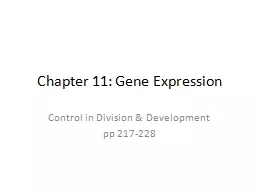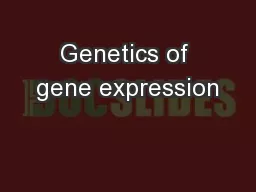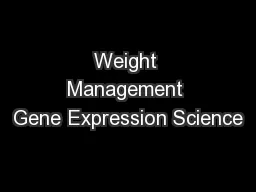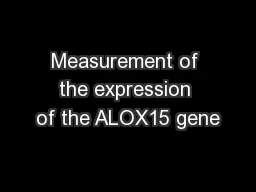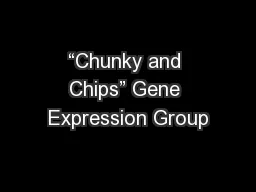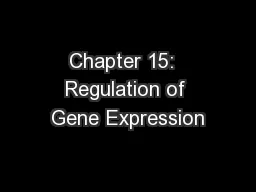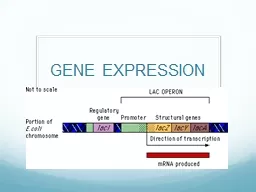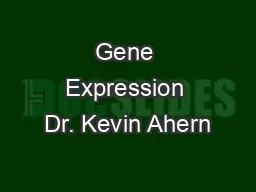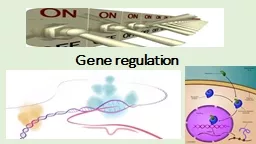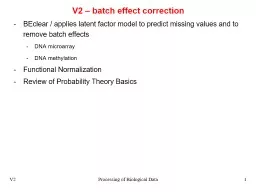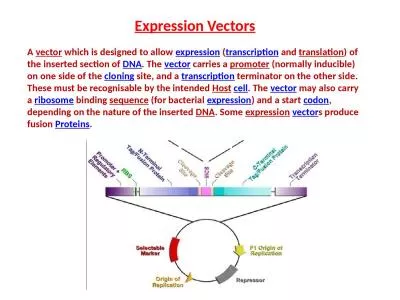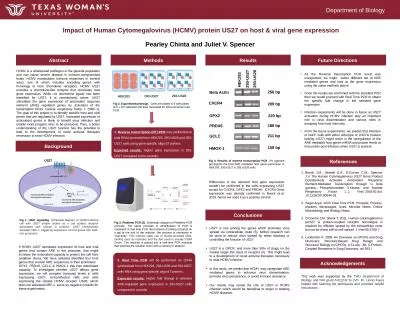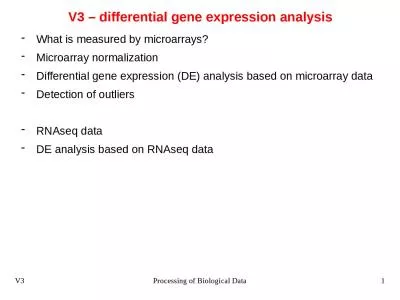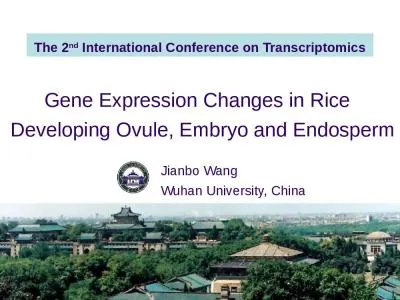PPT-Chapter 11: Gene Expression
Author : myesha-ticknor | Published Date : 2018-03-19
Control in Division amp Development pp 217228 Prokaryotes 1965 Nobel Prize to Jacob amp Monod for work on lac operon in E coli Lactose is metabolized by 3 enzymes
Presentation Embed Code
Download Presentation
Download Presentation The PPT/PDF document "Chapter 11: Gene Expression" is the property of its rightful owner. Permission is granted to download and print the materials on this website for personal, non-commercial use only, and to display it on your personal computer provided you do not modify the materials and that you retain all copyright notices contained in the materials. By downloading content from our website, you accept the terms of this agreement.
Chapter 11: Gene Expression: Transcript
Download Rules Of Document
"Chapter 11: Gene Expression"The content belongs to its owner. You may download and print it for personal use, without modification, and keep all copyright notices. By downloading, you agree to these terms.
Related Documents

